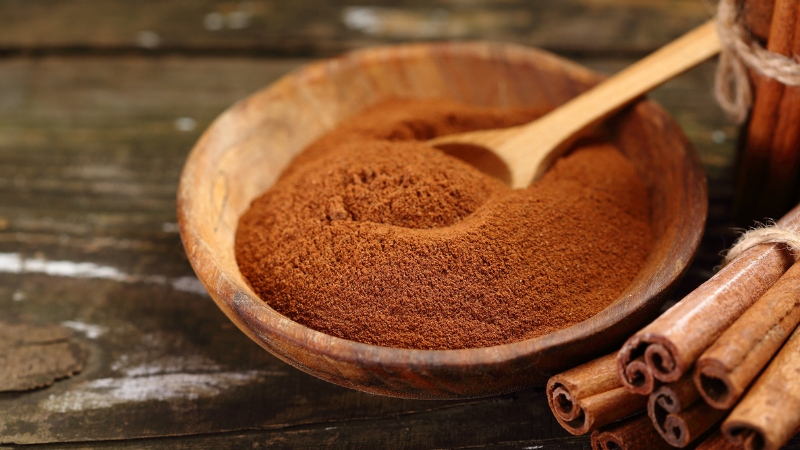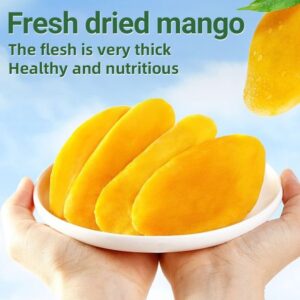Vietnam is one of the leading countries in the production and export of cinnamon to the international market. Among its products, cinnamon powder holds a key position as an agricultural export, renowned not only for its distinctive aroma but also for its nutritional value and health benefits. To ensure Vietnamese cinnamon meets export standards, there are several crucial quality standards that businesses and suppliers must strictly adhere to.
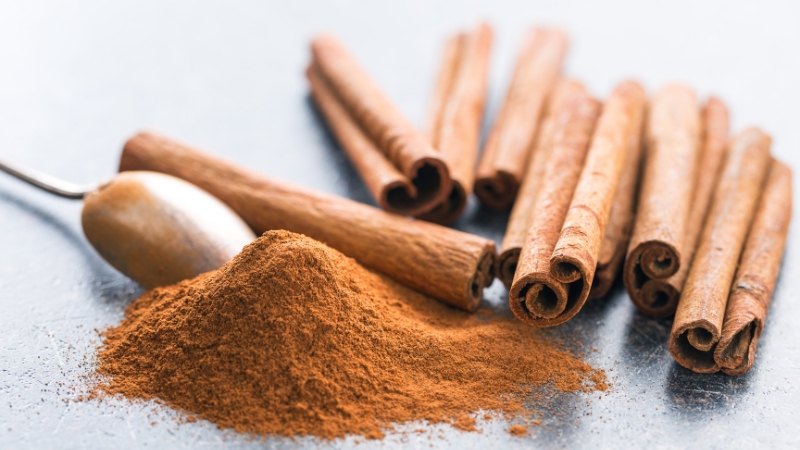
1. International Quality Standards
To export cinnamon powder to major markets like the U.S., EU, and the Middle East, it must meet stringent international standards for food safety and quality. Some of the most widely recognized standards include:
- ISO 22000: A food safety management system that ensures every stage of the production chain, from cultivation and harvesting to processing, complies with safety regulations.
- HACCP (Hazard Analysis and Critical Control Points): A process that identifies and manages potential risks affecting product quality.
- GMP (Good Manufacturing Practices): A set of practices ensuring production processes maintain consistent safety and quality standards.
2. Essential Oil Content in Cinnamon
One of the most critical factors in evaluating the quality of exported cinnamon powder is its essential oil content. The higher the essential oil concentration, the greater the commercial value of the product. Vietnamese cinnamon from Lao Cai, known for its essential oil content of 2-4%, is among the highest quality products, highly sought after by many international markets.
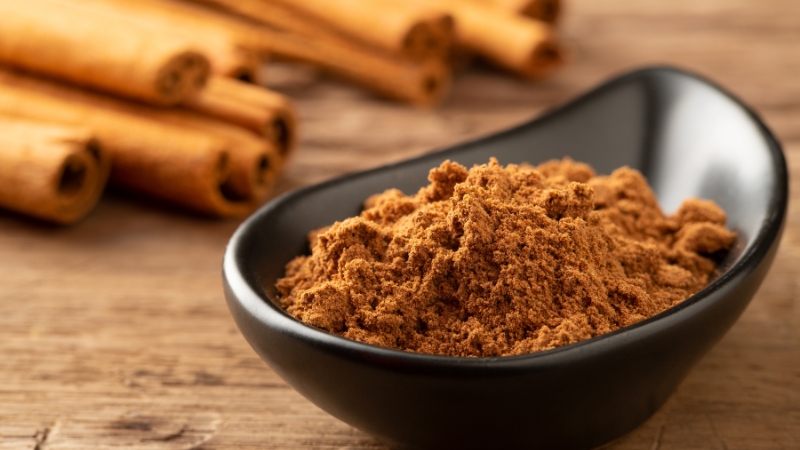
3. Microbial and Heavy Metal Indices
International markets have strict requirements regarding microbial counts and heavy metal content in food products, including:
- Low microbial contamination: Cinnamon powder must undergo thorough testing and treatment to ensure it is free from harmful microorganisms.
- Heavy metals: The levels of lead, mercury, and arsenic in cinnamon powder must remain within the permissible limits set by each export market.
4. Fineness and Color of Cinnamon Powder
- Fineness: Exported cinnamon powder must be finely ground with consistent texture and free from impurities. This is crucial to ensure ease of use in food preparation and pharmaceutical applications.
- Color: High-quality cinnamon powder has a characteristic reddish-brown color, free from adulteration with other powders. A vibrant color indicates freshness and proper storage.
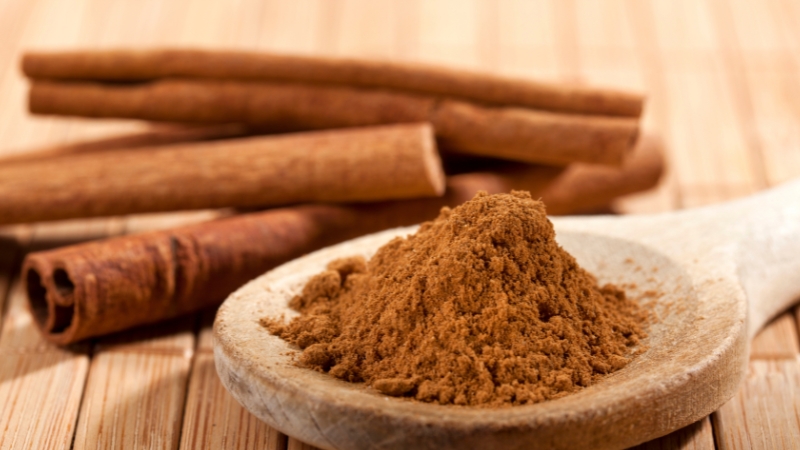
5. Organic Certification
In many international markets, particularly the EU and the U.S., organic certification is required to ensure that the cinnamon powder is free from chemicals and pesticides. Regions like Lao Cai in Vietnam are actively developing organic farming practices, giving Vietnamese cinnamon a significant advantage in the global market.
6. Processing and Preservation
Once ground, cinnamon powder must be packaged and stored in a dry, cool environment to prevent mold and preserve its natural aroma. Packaging standards must also meet market requirements, including the use of eco-friendly materials and appropriate weight specifications.
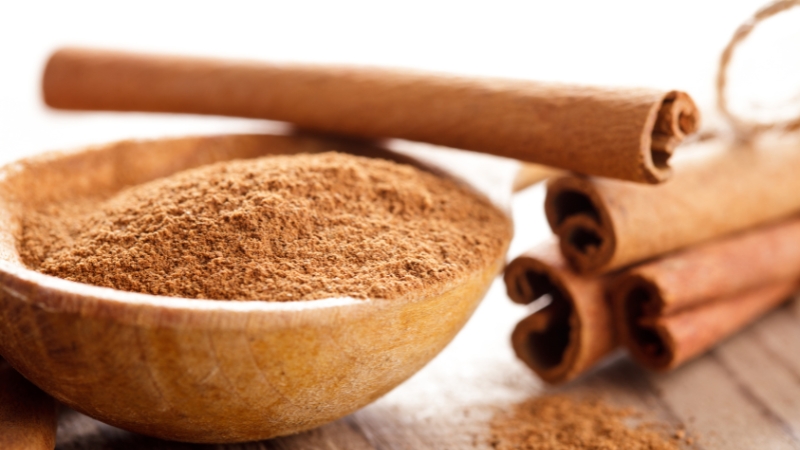
Conclusion
For Vietnamese cinnamon, especially cinnamon powder, to maintain its strong position in the global market, adherence to these quality standards is critical. With high essential oil content and international-standard production processes, Vietnamese cinnamon, particularly from the Lao Cai region, is poised to remain a top choice for consumers worldwide.
